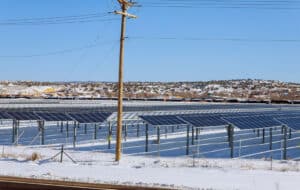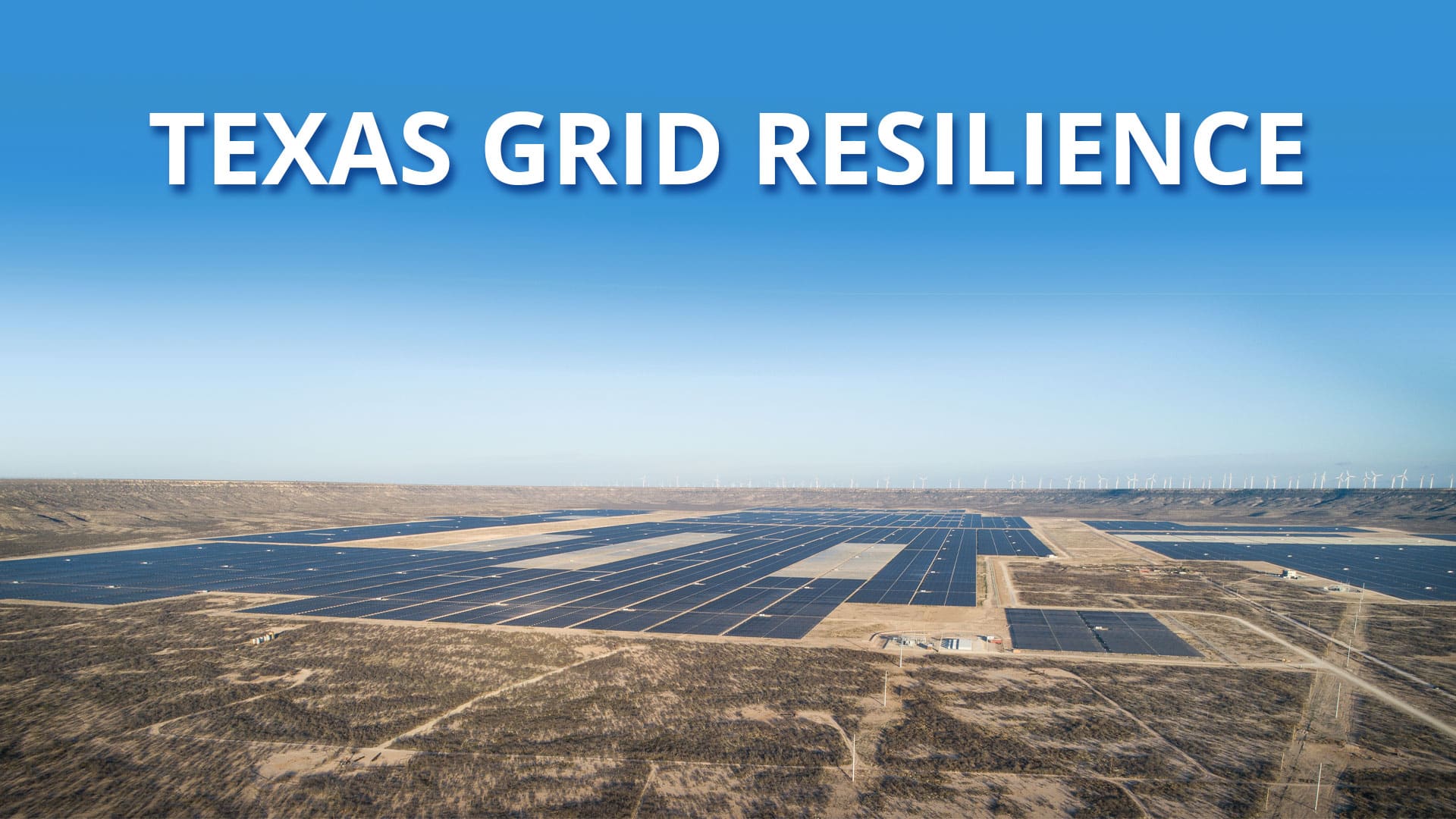Grid Resilience: How Solar Power is Enhancing Texas’ Energy Infrastructure
In a state known for its vast energy resources, Texas is experiencing a transformative shift toward a more resilient and sustainable energy future. This blog post delves into the crucial role that solar power is playing in enhancing Texas’ energy infrastructure, particularly in bolstering grid resilience against disruptions and meeting the ever-growing demand for electricity.
Solar Energy’s Role in Grid Resilience
Solar power plays a pivotal role in fortifying the resilience of Texas’ energy grid. The distributed nature of solar installations makes them critical energy sources during centralized grid outages by minimizing the impact of large-scale disruptions. This decentralization of energy production enhances the grid’s robustness and ensures continued power supply to critical services during emergencies.
Furthermore, grid-tied solar installations provide a dynamic solution by sending surplus energy back into the grid during peak demand. This intelligent feedback mechanism stabilizes the grid, reducing strain and mitigating the risk of blackouts. The synchronization of solar power with peak demand eases the pressure on the grid during critical periods, underscoring solar energy’s dual advantage of clean power generation and grid stability enhancement. This has been especially important this summer, as solar power helps support the strained Texas grid during the hottest hours of the day.
Microgrids: Resilience Hubs
Solar-powered microgrids are self-sustaining energy networks of solar panels and batteries that can ensure continuous power supply during disruptions, safeguarding critical services. Texan communities have embraced this innovation, with one example being The Children’s Haven in Austin. NATiVE, along with several other local solar companies, donated time and equipment to install a solar array on this nonprofit’s roof.
In the face of disasters, solar-powered facilities such as the one at The Children’s Haven transform into “resilience hubs,” acting as a sanctuary for those in need. Emergency shelters, hospitals, and first responder stations tied to microgrids become pivotal lifelines when grid power is compromised. Their solar-driven systems offer uninterrupted energy, enabling essential services to function without interruption. By harnessing solar energy, these resilience hubs ensure that crucial resources remain available when they are needed most, underscoring the profound impact of solar technology on disaster preparedness and community well-being.

Lessons from Extreme Weather Events
Texas’ encounters with extreme weather, such as Winter Storm Uri and the relentless recent heatwaves, underscore the vulnerability of its energy infrastructure. Uri left millions without power and revealed the urgent need for resilient solutions. Had solar installations with battery storage been integrated into Texas’ energy landscape, their ability to provide continuous power during such crises would have made a tremendous impact. Homes, businesses, and critical facilities could have maintained vital functions, lessening the strain on the grid and diminishing the social and economic toll.
Throughout this summer’s extreme heat waves, solar power has proved its worth by keeping the grid running amidst continuous record-breaking energy demand. During the hottest times of day, when the grid is most strained, solar panels are generating enough energy to keep the supply running and avoid disastrous power outages. As Texas confronts the challenges of an evolving climate, the marriage of solar technology and energy storage holds the potential to strengthen the state’s energy resilience and provide a lifeline during times of adversity.
Texas is Going Solar and So Should You!
As Texas continues to face energy-related challenges, solar power emerges as a promising solution that not only diversifies the energy mix but also strengthens the state’s resilience against disruptions. By embracing solar technology and its integration into the energy grid, Texas is paving the way for a more reliable, sustainable, and resilient energy future.
As Texas builds resilience by integrating more solar and storage solutions into its grid, residents can experience the benefits and learn from it themselves. While diversifying the energy mix of the grid is helping decrease outages across the state, the Texas grid is still not entirely reliable. The best way to ensure personal energy resilience is to turn your home or business into a microgrid itself. By this, we simply mean installing solar panels and enough batteries to keep your home running during emergencies. With solar and storage solutions, you can guarantee safety from outages even if the entire Texas grid fails.
At NATiVE, we’re here to help you achieve those energy independence goals. Resilience and energy security is priceless for some people, and solar plus batteries is the cheapest and most effective way to achieve this. Free yourself from rising energy costs and the uncertainty of relying on the aging Texas grid. Go solar with NATiVE and learn the true meaning of energy independence!

































Leave A Comment